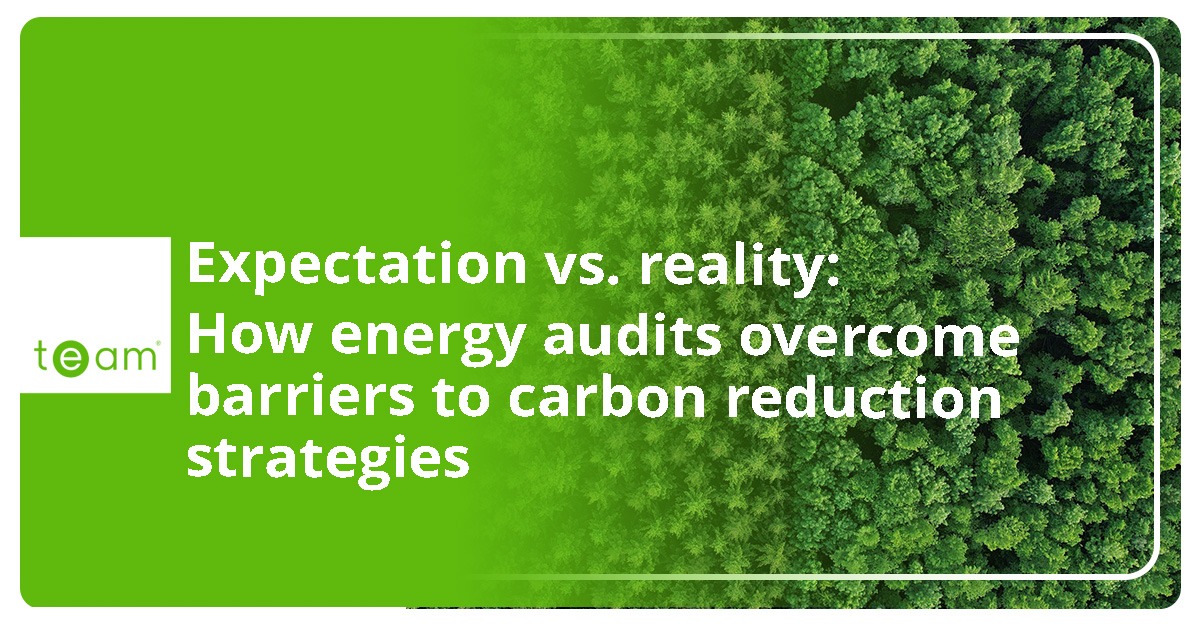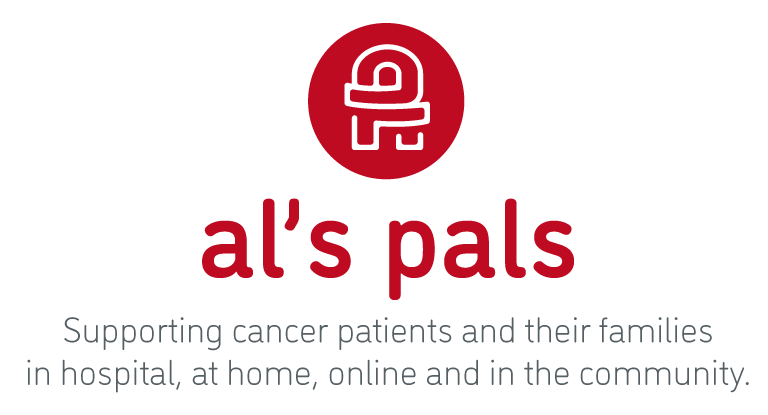

Expectation vs. reality: How energy audits overcome barriers to carbon reduction strategies
Despite their best intentions, changemakers often face barriers to implementing an effective carbon reduction strategy within their organisations. From cost to cultural resistance, Tom McLeish, Energy Consultant at TEAM Energy, shows how commercial energy audits overcome barriers to change.
 Creating an effective carbon reduction strategy is no easy task. It requires buy-in from a wide range of stakeholders and must be backed by a strong business case. Implementing the strategy may be difficult too, as there’s often a stark difference between changing an organisation in theory and in practice.
Creating an effective carbon reduction strategy is no easy task. It requires buy-in from a wide range of stakeholders and must be backed by a strong business case. Implementing the strategy may be difficult too, as there’s often a stark difference between changing an organisation in theory and in practice.
Changemakers in any organisation know this first-hand; “reducing emissions is too expensive”, and “either way, we don’t have resources or technology” is a common refrain heard when trying to implement sustainable practices and initiatives.
While there’s a grain of truth in these statements, today they should be considered mostly incorrect. Organisations that start their carbon reduction strategies with commercial energy audits can overcome most objections and obstacles to implementing an effective strategy – cost, know-how, data and culture aren’t the obstacles they once were.
Why a strategy is needed and why not having one makes the obstacles worse
Overcoming perceived obstacles to your strategy, like cost or cultural resistance, may seem unnecessary if an organisation wants to cut emissions. Without a strategy, for example turning off power and light switches here and there and maybe installing a handful of EV chargers in the carpark is a piecemeal approach that lacks joined-up thinking. It also risks doing more harm than good.
Ad hoc energy efficiency savings are not targeted or coordinated, and because of this they are ineffective and lead to missed opportunities for genuine energy and emissions savings. What’s more, they also drastically increase the risk of costly mistakes. As an example: upgrading a building with an air-source heat pump (ASHP) alone may save some emissions, but without improving insulation and heat distribution, efficiency is limited. A strategic plan upgrades insulation during the building works, accounts for the higher electricity demand from the ASHP, and ensures there is renewable generation to account for the increase in demand without relying on energy from the grid.
The example aside, all of this adds up to an uncomfortable situation. The barriers to reducing carbon emissions via energy efficiency savings seem justified. The complaints of cost, lack of know-how, and need for data turn out to be more right than wrong. Cultural resistance to change in an organisation will probably only get worse and it will be hard for changemakers to get buy-in. This is why a strategic approach, backed up by data, is needed, and why energy audits are the necessary first step.
Commercial energy audits as the first step and foundation to your reduction strategy
An energy audit is a process of evaluating how energy is used in an organisation’s buildings and facilities. It measures where and how much energy is used, where and how much is being wasted, and identifies inefficiencies where it could be used better. They often also include water savings analyses.
Depending on the needs of the organisations, energy audits can vary in scale. Some are wholly conducted via desk-based research, this is where virtual audits are conducted by energy consultants who identify entry-level opportunities for energy and cost savings. While limited in their scope, audits like this are still thoroughly data-driven; they simply rely on fewer data points.
At the other end of the scale are investment-grade energy audits in which an energy consultant conducts in-person walk-throughs of a business’ buildings and facilities, collecting many data points on the systems, technologies, and equipment used to paint a detailed picture of energy consumption. Often this can include thermal imaging to identify thermal inefficiencies within an estate or creating bespoke measuring solutions to capture energy information from proprietary devices that can make up an organisation’s intellectual property.
Whatever the scale, energy audits support carbon reduction strategies in several ways. They provide a data-rich baseline of assessments that can guide the decision-making process, highlighting inefficiencies that need to be addressed while providing a framework through which organisations can rank and prioritise actions. By prioritising actions, organisations can introduce the right changes in the right areas and focus on those that are cost-effective. This reduces the risk of making expensive mistakes that lead to minimal energy savings. As a result, engaging stakeholders becomes much easier; the business case for change is backed up by data, a cost-benefit analysis, and ideally, a way to monitor and benchmark progress in the future.
From first step and foundation to the refrain – coming back to the barriers
The energy audit is the foundation of your carbon reduction strategy. It should be conducted first, and the energy use data should guide an organisation’s actions; any changes should be based on these findings.
But critically, it is also the refrain; it’s what changemakers can come back to when they encounter barriers to change inside their organisations. These objections to change due to cost, a lack of expertise, data and cultural resistance can now be addressed using data insights.
If there’s internal resistance because of cost, then different cost analyses can address those concerns, whether they’re very detailed lifecycle cost analyses or simpler payback calculations. As the energy efficiency measures suggested save money over the long term, the barrier of cost dissolves away. What’s more, many energy audits will identify grant funding as a way to cover the cost of potential upgrades like air-source heat pumps.
If there’s concern about a lack of data, then the wealth of data in the audit along with any embedded monitoring solutions can quiet that noise. And if there are worries about a lack of internal expertise, the energy audit acts as the guide for change – combined with any support from an expert energy consultant too.
What about cultural resistance? Well, thanks to the cost savings, data, and direction, making a change is much easier. It’s grounded in clear findings and expert suggestions that will save an organisation energy, money, and emissions. Getting buy-in and encouraging behavioural change is more effective when stakeholders can see a clear plan of action that’s being delivered.
Get more information on the commercial energy audit appropriate for your organisation.










